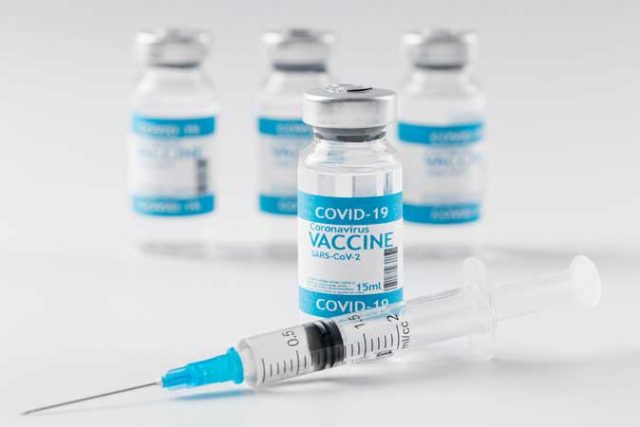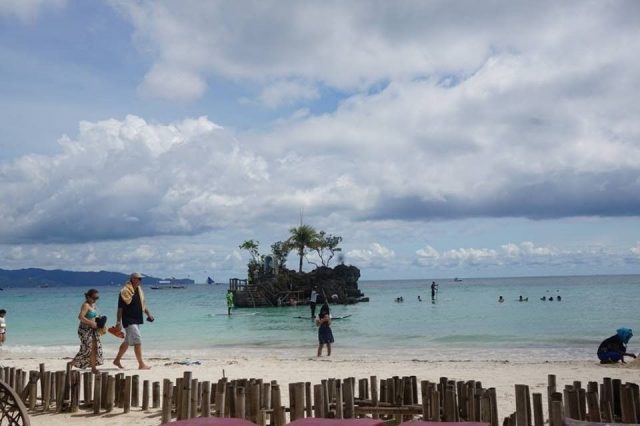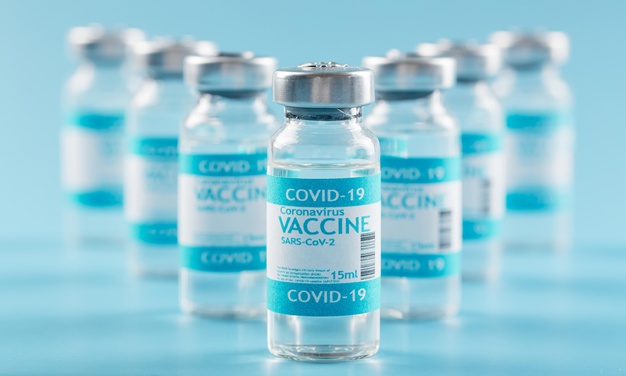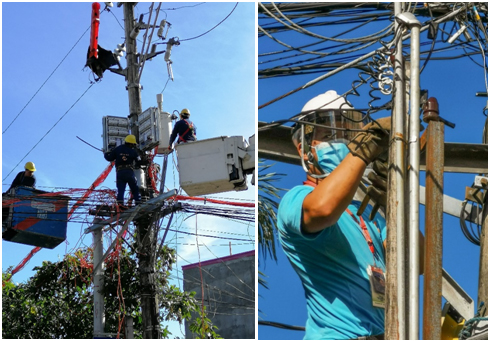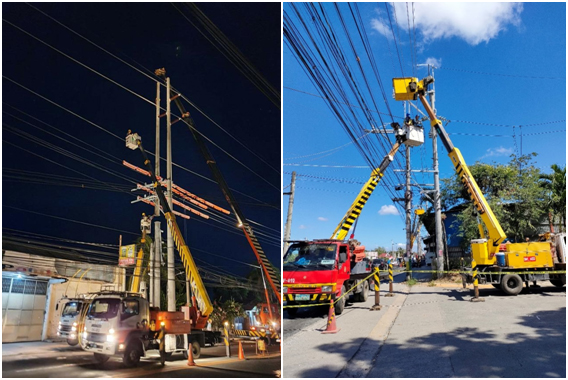Globe Virtual Hangouts bridging 5G Hackathon to Pinoy youth
Globe Prepaid’s Virtual Hangouts brings the 5G Hackathon to participants nationwide for a more collaborative and immersive online learning experience.
Virtual Hangouts was first introduced by Globe last year to continue bringing events that Gen Z may have missed like concerts, gaming tournaments, interactive K-experiences & fan meets, and learning summits geared towards different passion points such as music, eSports, K-Culture, and campus life.
This time, Globe Prepaid’s Virtual Hangouts powers the 5G Hackathon Headquarters which houses the enablement workshops starting May 21. These workshops cover a wide range of topics pushing 5G technology and innovations for reinvented experiences and real-world applications.
Students and 5G Hackathon participants will learn from the leaders in various industries such as:
Case Study of Successful Startup that ‘Made it Big’
Jared B. Reimer (President & Founder, Cascadeo)
Social Impact and Innovation
Virgilio Linis (Program Manager, Animo Labs)
Federico Gonzalez (Executive Director, Animo Labs)
SME Innovations in the New Normal
Fay Cruz (Head of Small and Medium Business Strategy, Globe)
The Basics of Pitching
Natasha Bautista (Head of Marketing Communications and Program Management, 917Ventures)
The Evolution of G (Exploring the Possibilities of 5G)
Gerhard Tan (Director of Network Strategy, Globe)
Not only that, participants will further learn from more industry experts from Google, Amazon, Intel, Huawei, and more of Globe’s technology partners.
These workshops will be held in the 5G Hackathon Headquarters’ main hall where the participants and mentors can gather and socialize. The innovative venue also harmonizes learning and play with features such as the Time Capsule where they can voice their expectations and thoughts about joining the hackathon, and a Photo Booth to capture their proud 5Genius moment which they can customize with 5G stickers.
“We continue to seek ways to bring people together through technology. Globe reinvents learning further by making the sessions more immersive and interactive through Virtual Hangouts. We also created this platform to provide a venue for idea cultivation to further empower the youth,” said Eric Tanbauco, Globe Head of Prepaid.
Ten teams with the best ideas will be selected to present and demonstrate their prototype in the 2-week hackathon following the workshops and pitch competition. The top three winners will not only receive half a million pesos in cash but also a chance to turn their ideas into a business venture under 917Ventures, the corporate venture builder arm of Globe.
The Globe 5G Hackathon is part of the company’s efforts to educate the youth and encourage them to explore the possibilities of 5G technology in improving the future. Globe is committed to supporting 10 United Nations Sustainable Development Goals which include UN SDG No. 9 which aims to build resilient infrastructure, promote sustainable industrialization, and foster innovation.
To register for the Globe 5G Hackathon, visit https://globe5ghackathon.com/. Download the GlobeOne App and check out the Virtual Hangouts section to know more about upcoming events.


